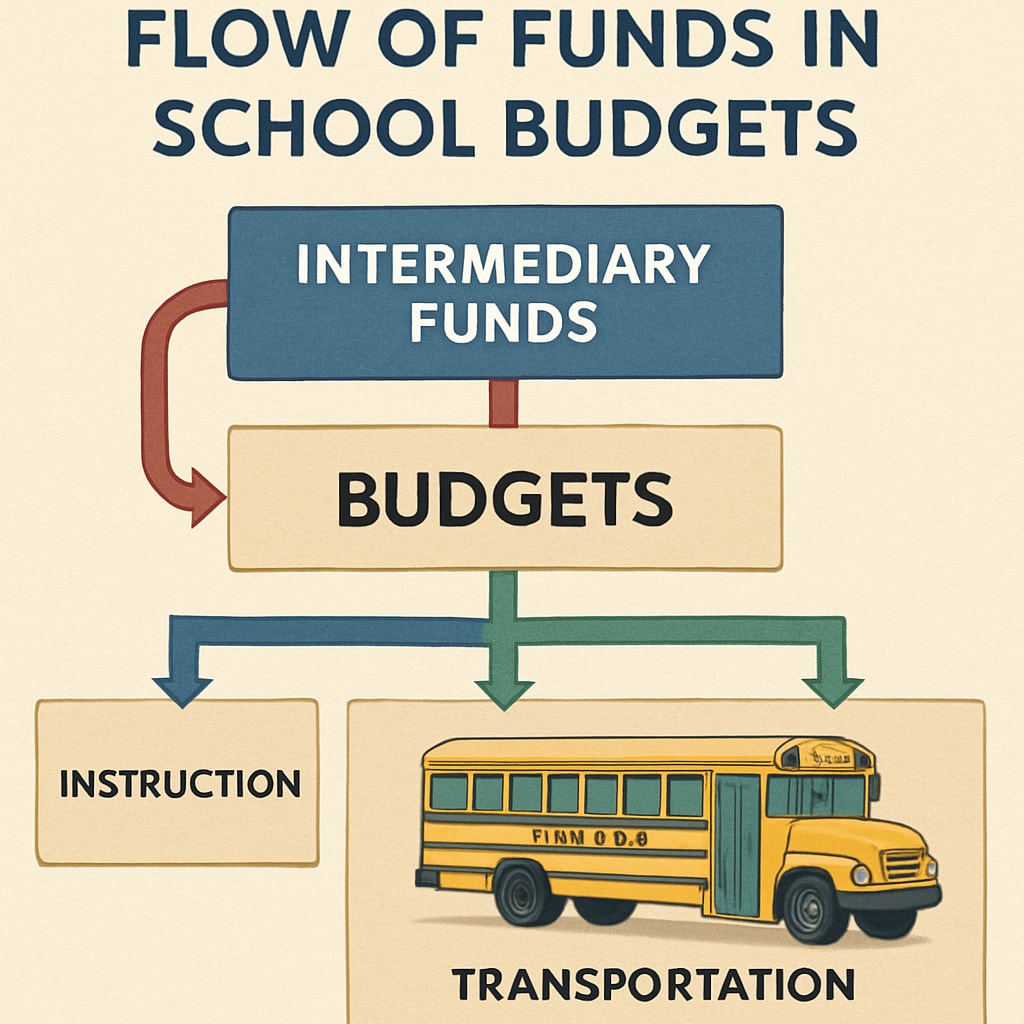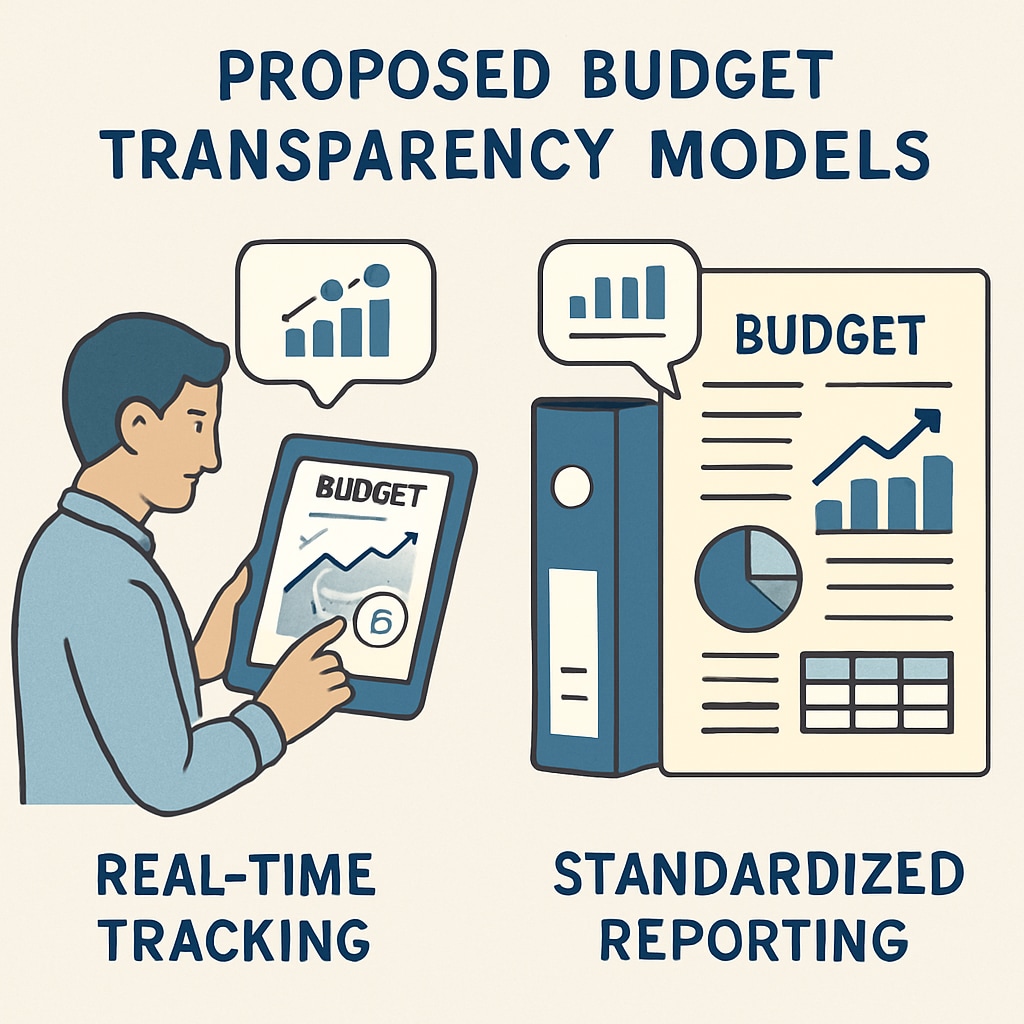Understanding the relationship between intermediary funds, per-student spending, and school district budgets is essential for creating a transparent and accurate system for education financing. Intermediary funds, often used for purposes such as school bus transportation, can artificially inflate spending statistics, misleading stakeholders about the true allocation of resources. This article dives deep into how these mechanisms work and their broader implications for education policy.
What Are Intermediary Funds?
Intermediary funds refer to financial mechanisms where school districts transfer money through third-party entities or specific accounts before allocating it to final expenditures. While designed to simplify processes or categorize spending, these funds can create an inflated perception of per-student costs. For example, transportation expenses for school buses might be processed through intermediary accounts, making them appear as direct educational spending rather than ancillary costs.

How Intermediary Funds Distort Per-Student Spending Statistics
One significant issue with intermediary funds is their ability to inflate the calculated per-student spending in school district budgets. For example, when transportation costs are rerouted through these mechanisms, they might be calculated as part of the overall spending dedicated to students rather than as operational overhead. This creates a misleading picture for policymakers, educators, and the public, suggesting that more money is spent on direct educational outcomes than is actually the case.
To illustrate:
- Transportation Costs: These are often processed through intermediary funds, making them appear as part of direct student support.
- Administrative Fees: Additional layers of accounting may obscure the final allocation of resources.
- Lack of Transparency: Stakeholders may struggle to understand where funds are ultimately spent.
The Call for Greater Transparency in Education Budgets
Given the complexities introduced by intermediary funds, it is crucial to establish a more transparent system for tracking educational expenditures. Clear categorization of spending—separating direct student costs from operational and ancillary costs—can help eliminate confusion and ensure accountability. Policymakers should focus on:
- Developing standardized reporting frameworks for school districts.
- Using technology to provide real-time budget tracking and analysis.
- Educating stakeholders on the nuances of intermediary fund mechanisms.

As a result, school districts can ensure that every dollar is spent efficiently and that stakeholders have a clear understanding of where resources are allocated. Greater transparency builds trust, prevents misinterpretation, and ensures that funding decisions truly benefit students.
Readability guidance: Short paragraphs and lists make complex ideas accessible. Avoid excessive passive voice and ensure clear transitions between sections using words like “however,” “therefore,” and “for example.”


